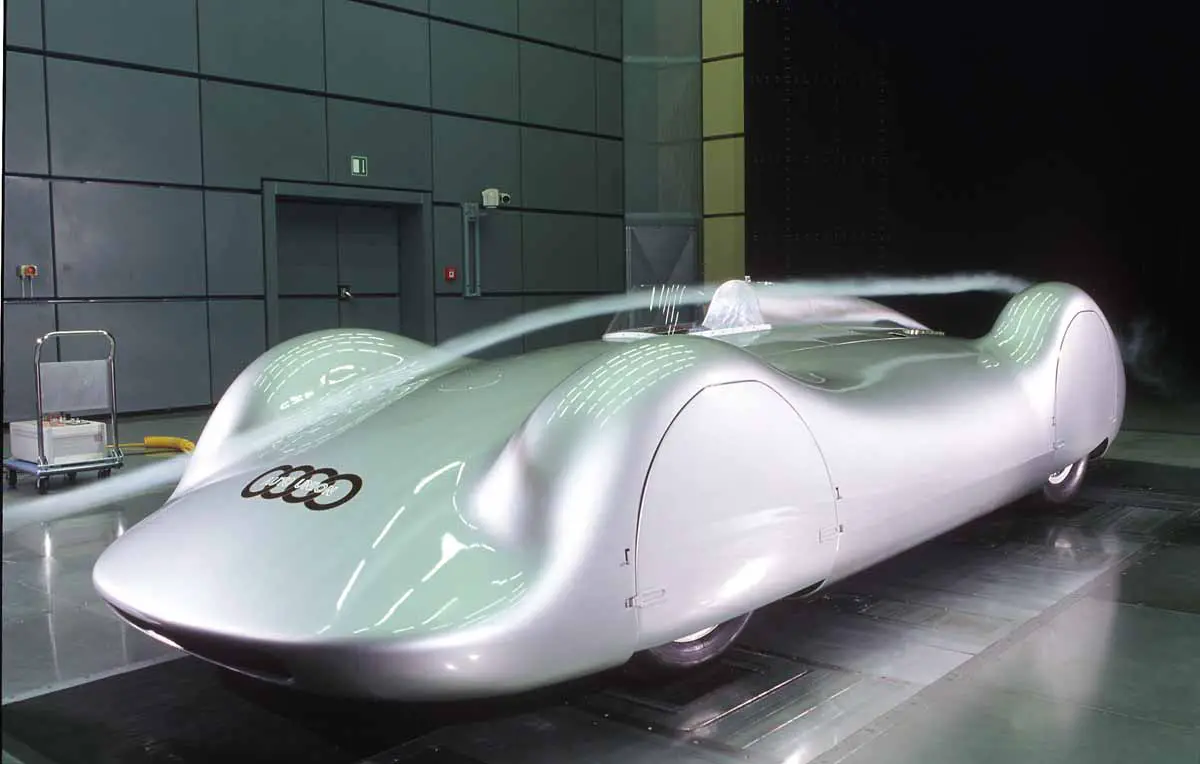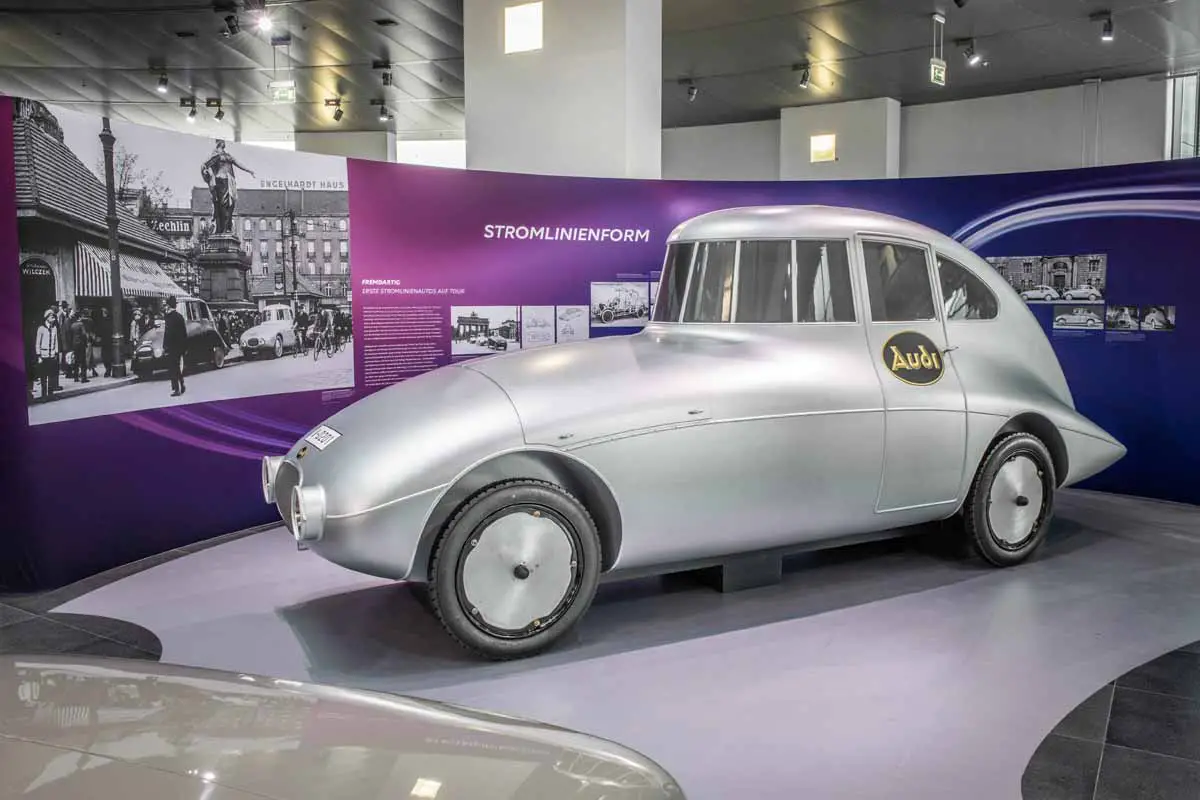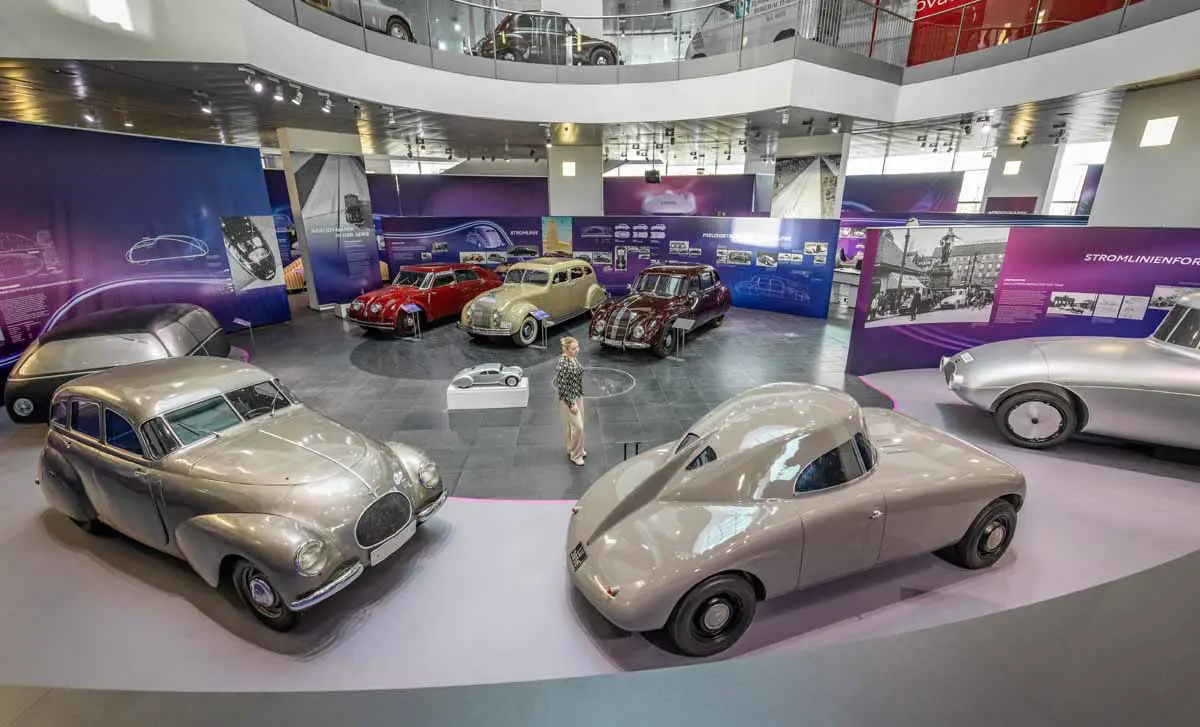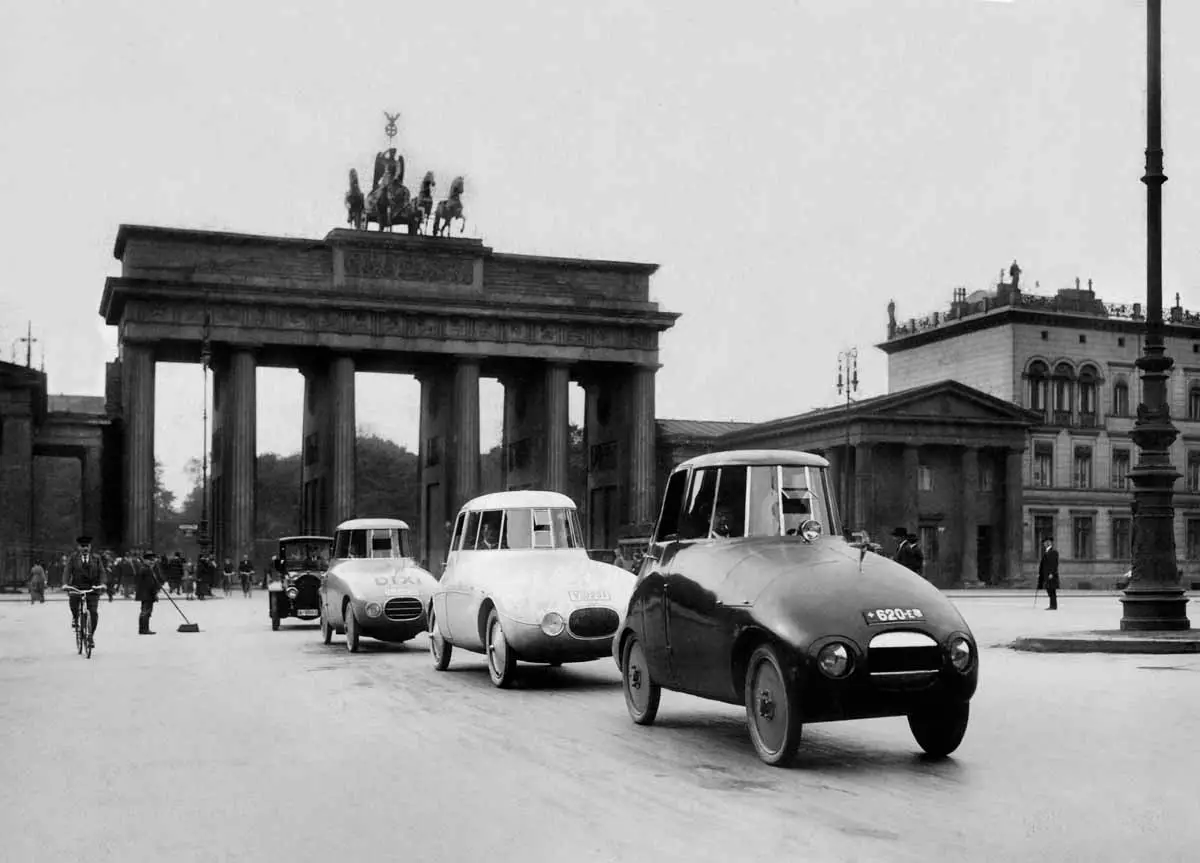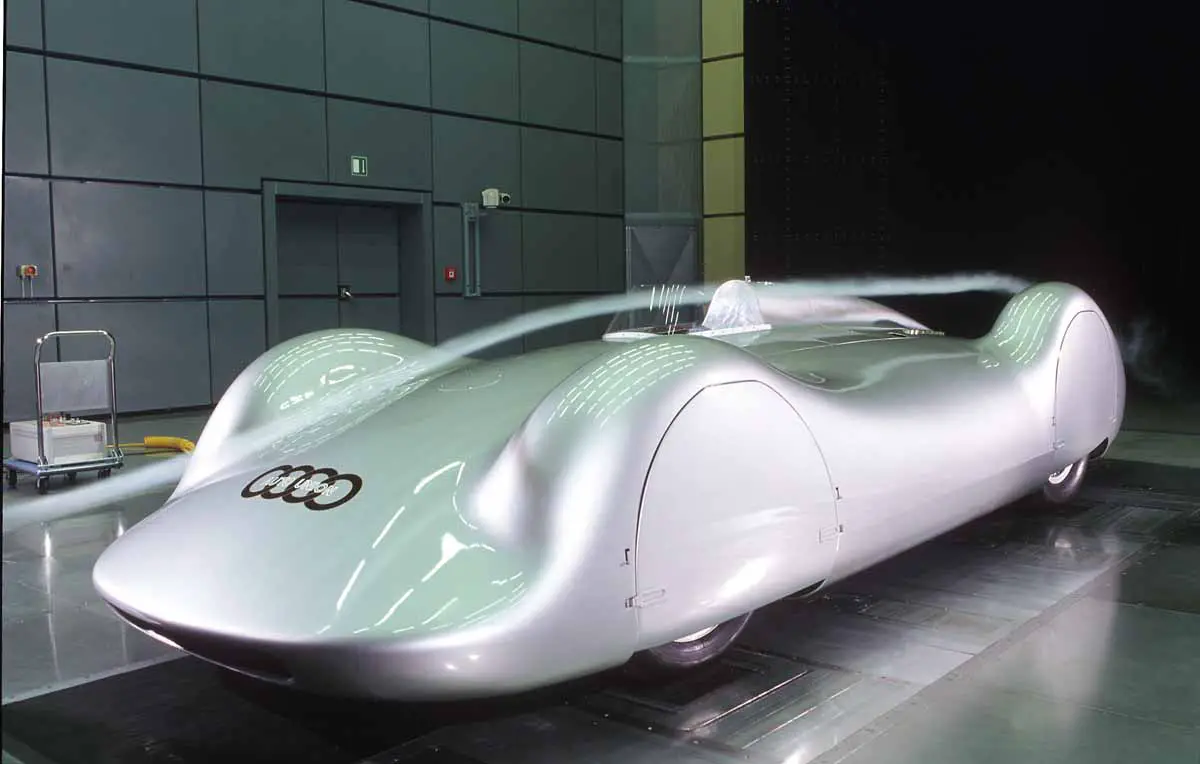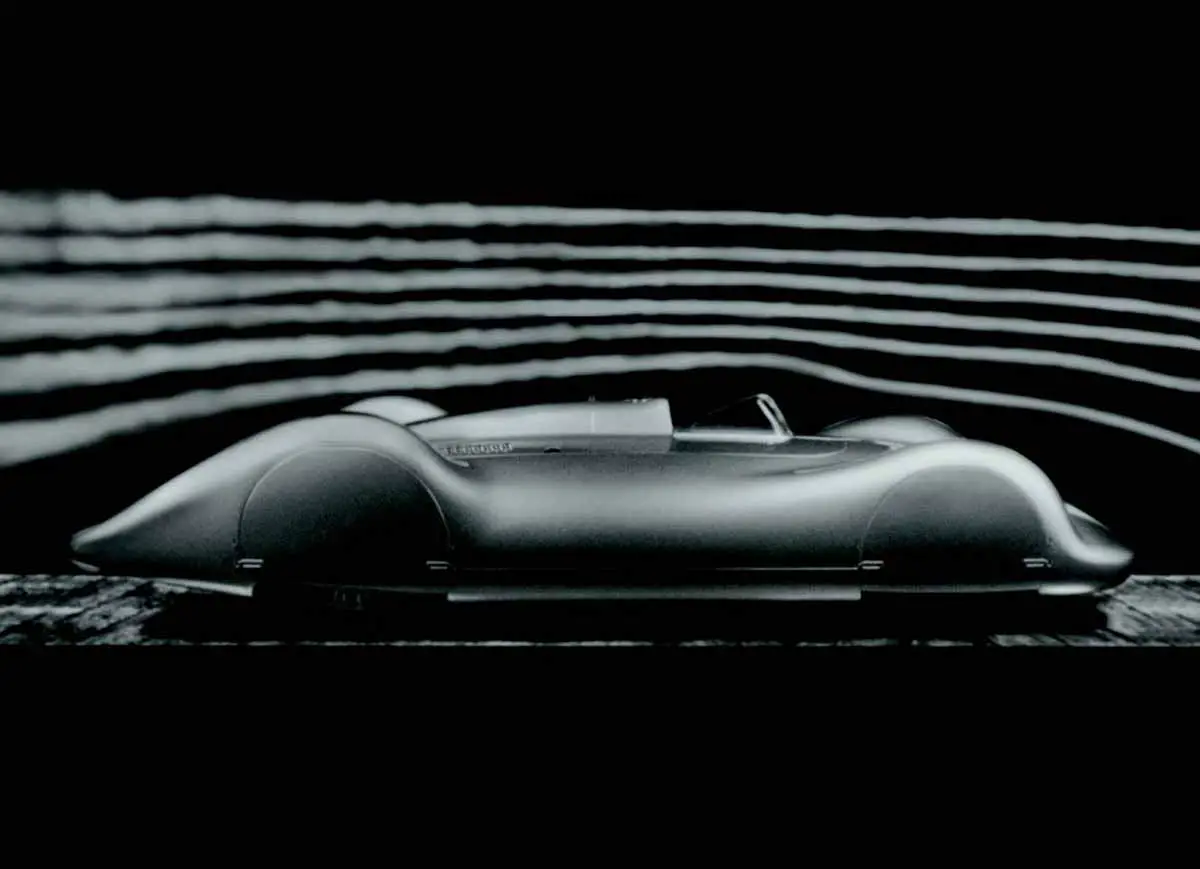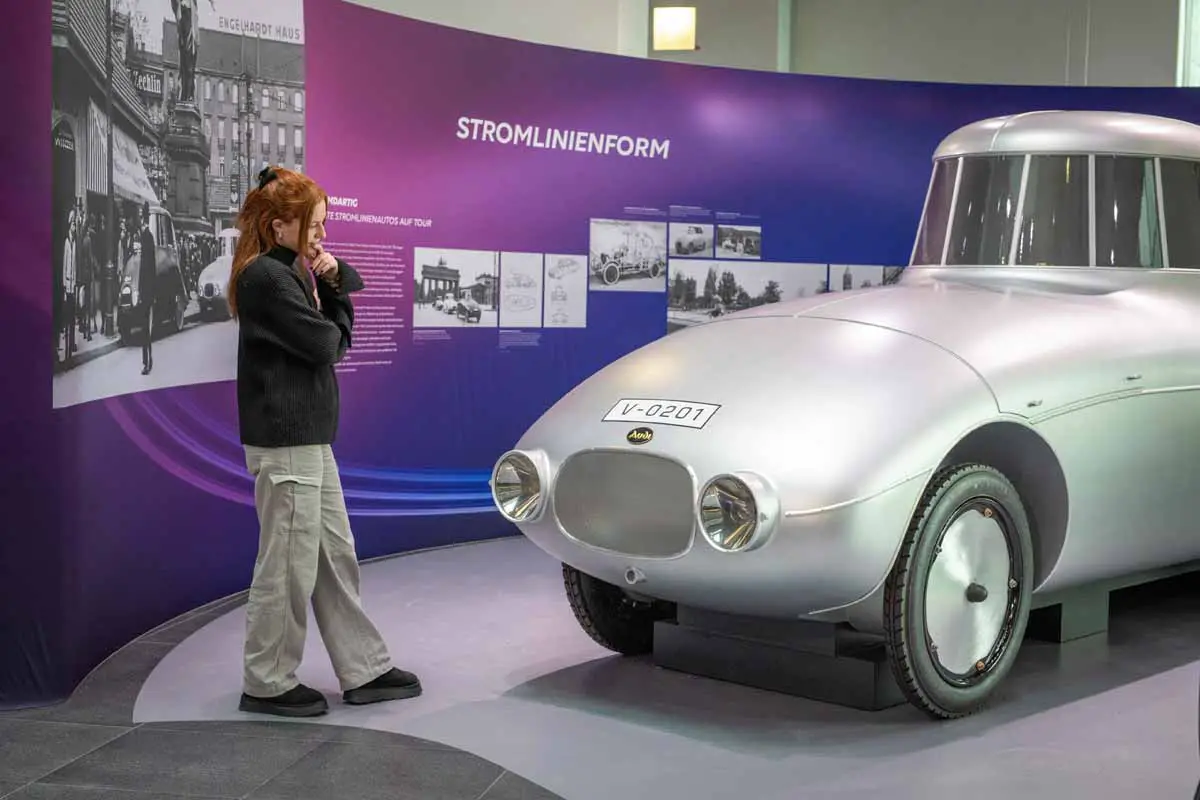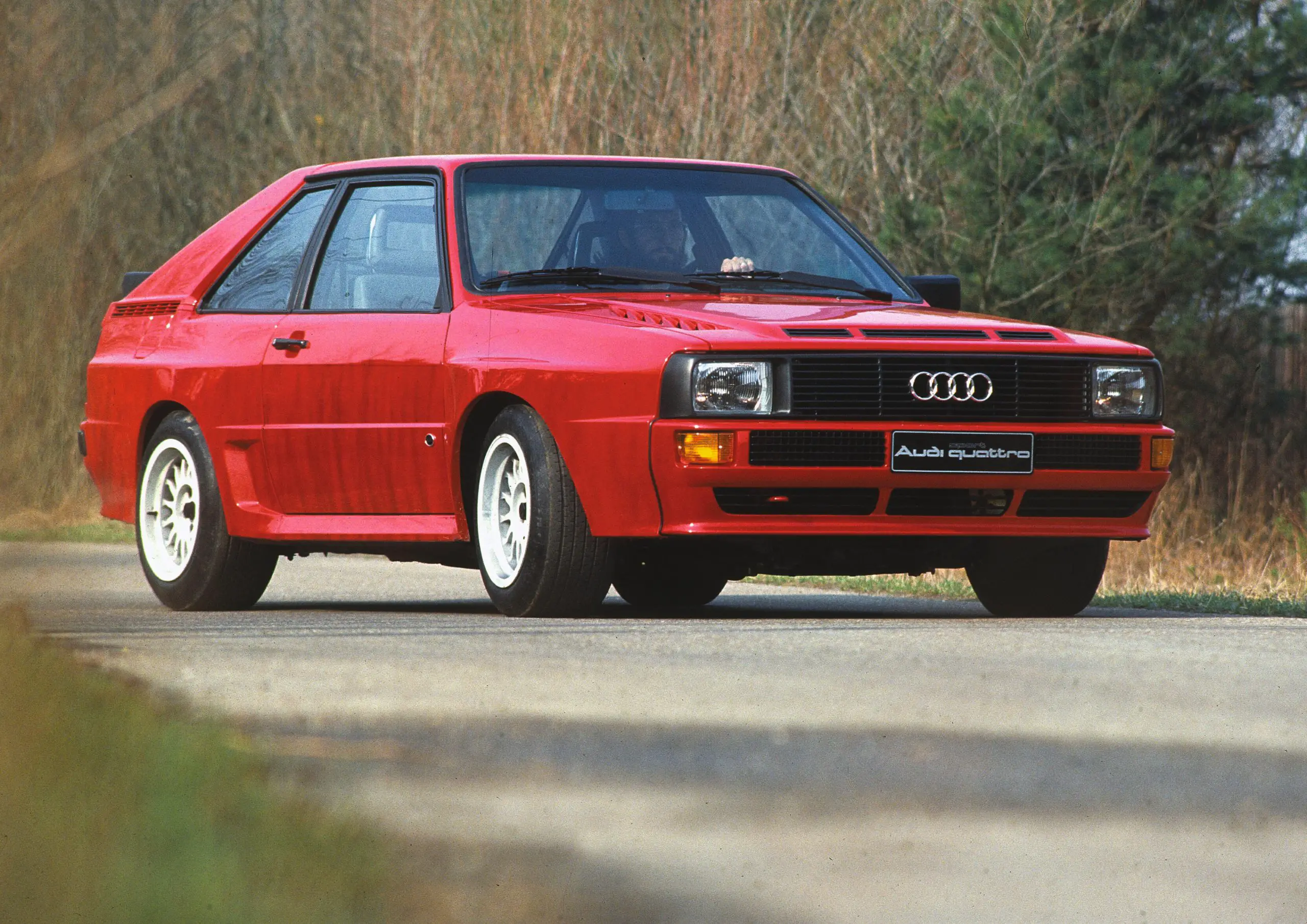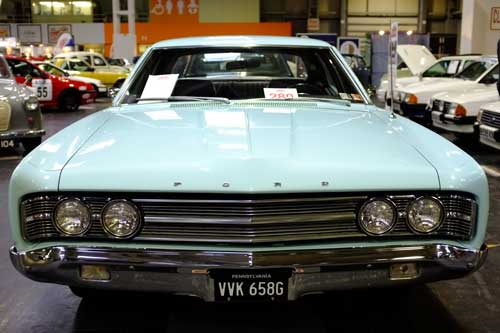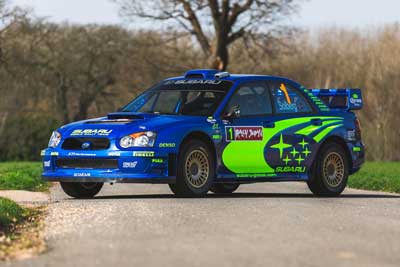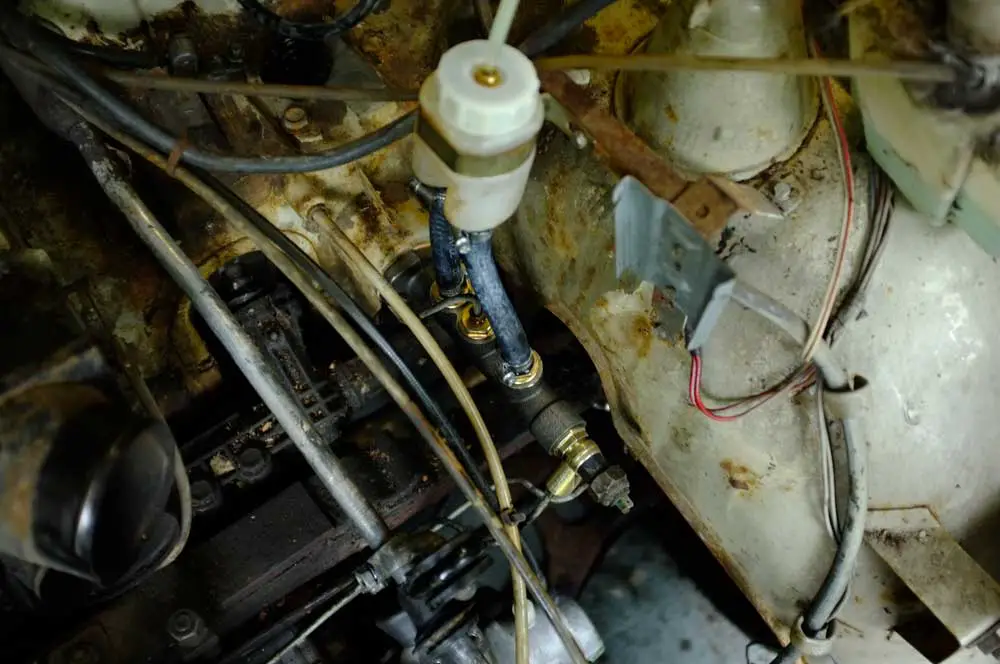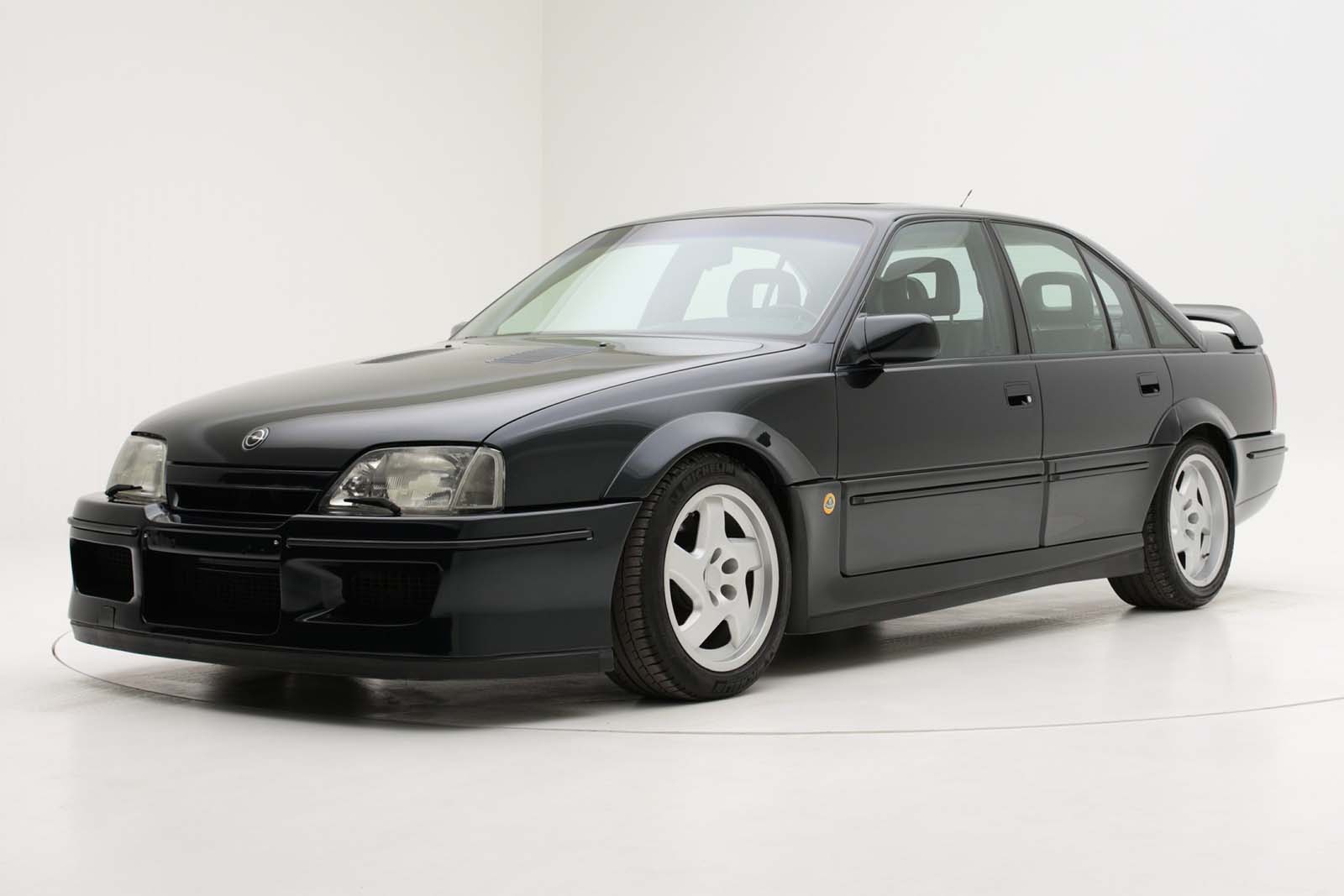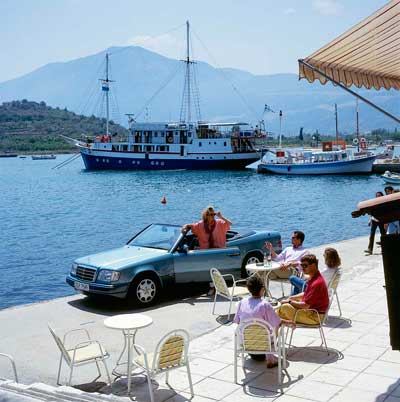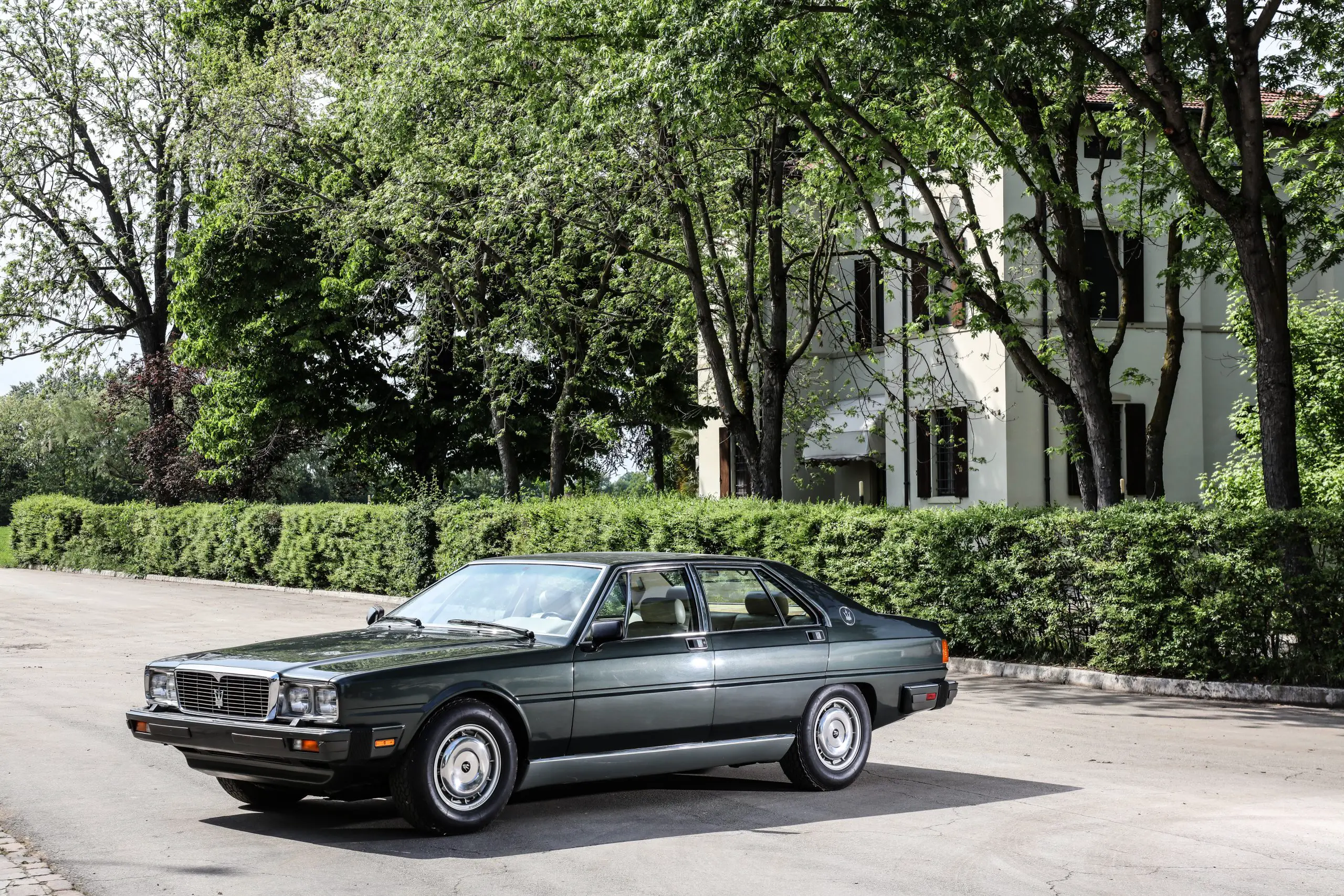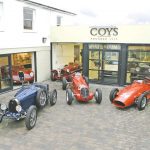
Audi Goes Streamlined With A New Exhibition On The History Of Aerodynamics
The Audi museum mobile has a special exhibition on the history of automotive aerodynamics. Currently at the Audi museum and the August Horch Museum are showing aerodynamic concepts used in automotive engineering from the past. Aerodynamics Part 1 in Ingolstadt shows the beginnings to 1945 and from the 1st of December in Zwickau, Part 2 – Aerodynamics from 1945 to the present day.
Aerodynamics is just as important today as it was then, the exhibition “Windschnittig”, German for “streamlined”, takes visitors on a journey showing the beginnings of aerodynamic concepts to the second exhibition titled “Form vollendet”, German for “perfect form” in Zwickau.
Both of these new exhibitions will run until June 2024 and lucky attendees will be able to see the Model of the Audi Type C Jaray.
Edmund Rumpler, Paul Jaray, and Baron Reinhard von Koenig-Fachsenfeld stand as influential figures in the history of aerodynamics, particularly in the early 1900s. These pioneers undertook the innovative task of adapting the shapes of automobiles to harmonize with the principles of aerodynamics.
Their endeavors were fueled by a rising interest in aviation during that era and a penchant for drawing inspiration from natural patterns. Shapes like wings and teardrops became wellsprings of revolutionary ideas.
In the initial stages, these engineers faced considerable challenges in gaining acceptance for their aerodynamic bodywork designs. The scientific principles that formed the basis of their designs were ahead of the expectations held by both customers and manufacturers in the automotive industry.
Despite the initial resistance, a shift in perspective occurred with the introduction of new research and design methodologies, notably the incorporation of wind tunnel research.
These advancements played a pivotal role in altering the perception of aerodynamic principles and their application in automotive design, marking a transformative phase in the history of automotive aerodynamics.
The “Streamline” concept, derived from the scientific study of fluids, became a pivotal aerodynamic exploration, especially in the interwar period. This unique shape captivated aerodynamics researchers as they sought ways to minimize air resistance on vehicle bodies. The primary objectives were to enhance fuel efficiency and optimize cars for long-distance travel. Motorsport emerged as an ideal testing ground for manufacturers eager to push the boundaries of innovation.
In the early months of 1937, the racing department at Auto Union AG embarked on a groundbreaking project: the development of a fully streamlined car based on the Auto Union Type C. Despite retaining the engine and chassis in their original state, the focus of innovation was on the streamlined body.
Josef Mickl, an aerodynamics engineer from the Porsche design office, played a crucial role in shaping the design. The streamlined car made its debut at the AVUS race in 1937, achieving remarkable record speeds exceeding 400 km/h (249 mph) in numerous record-breaking runs.
This successful venture not only showcased the potential of aerodynamics in racing but also highlighted its broader applications for improving the efficiency and performance of automobiles.
The Audi museum mobile introduces its new special exhibition, “Streamlined,” showcasing the research, development, driving personalities, and fundamental aerodynamic concepts from the pre-1945 era.
The exhibition features over a dozen rare and unique vehicles that exemplify the distinctive blend of efficiency, sustainability, and design inherent in aerodynamics.
A standout piece in the exhibition is the Audi Type C Jaray, completed in 2023, challenging previous assumptions about its origin. Initially believed to be constructed by Paul Jaray based on an Audi Type K, further research by the exhibition team revealed its foundation to be an Audi Type C.
The exhibition, running from December 1, provides an insightful journey into the post-war evolution of aerodynamics at the August Horch Museum in Zwickau. The follow-up exhibition, titled “Form vollendet,” promises almost two dozen large exhibits and additional models for visitors to explore.
Thomas Stebich, overseeing both the Audi museum mobile and the August Horch Museum, emphasizes that this two-part exhibition series will offer a comprehensive overview of aerodynamics from its inception to the present day. The second part, “Form vollendet,” is scheduled to move to the Audi museum mobile in Ingolstadt from July 2024.
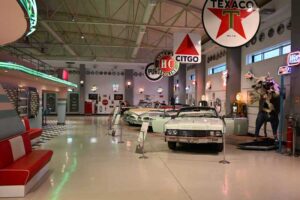
Ural Ataman Classic Car Museum – Istanbul, Turkey
This has to be one of the nicest private collections I have seen, the Ural Ataman Museum in Istanbul, turkey has not only a wide
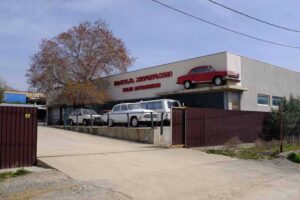
Tbilisi AutoMuseum Car Museum – Georgia
You may not have heard of this, but the small car museum in Tbilisi Georgia really has quite a lot to see. Buried in an
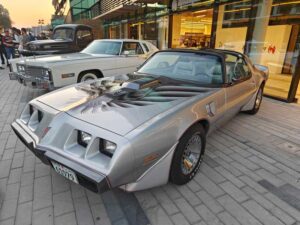
Bahrain Bike Week Classic Car Show December 2024
Bahrain Bike Week is the biggest event of its kind in the Middle East and the 2024 one was no exception. It’s not just the
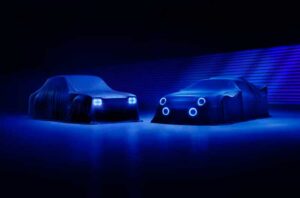
Ford Motor Company Bring Back Group 5 Mk1 Escort & Group B RS200 With The Help Of Boreham Motorworks
Ford have granted a licence to Boreham Motorworks, a division of the DVRN Automotive Group, to produce new versions of not just the Mk1 Escort
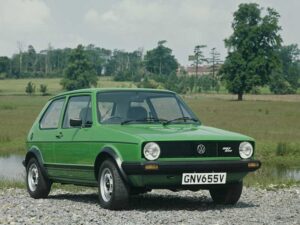
The VW Golf At 50 Years Old
Europe’s number 1 selling car the VW Golf has reached 50 years old this year, starting production on the 29th of March 1974. In
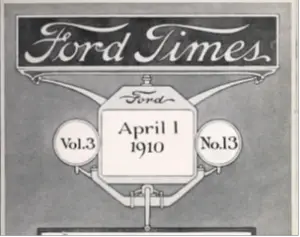
Ford’s Heritage Vault Makes The Ford Times Magazine Available To The Public
Ford’s expansion through the early 20th century was something to behold, the rapid growth of the company and the success of the Model T led
